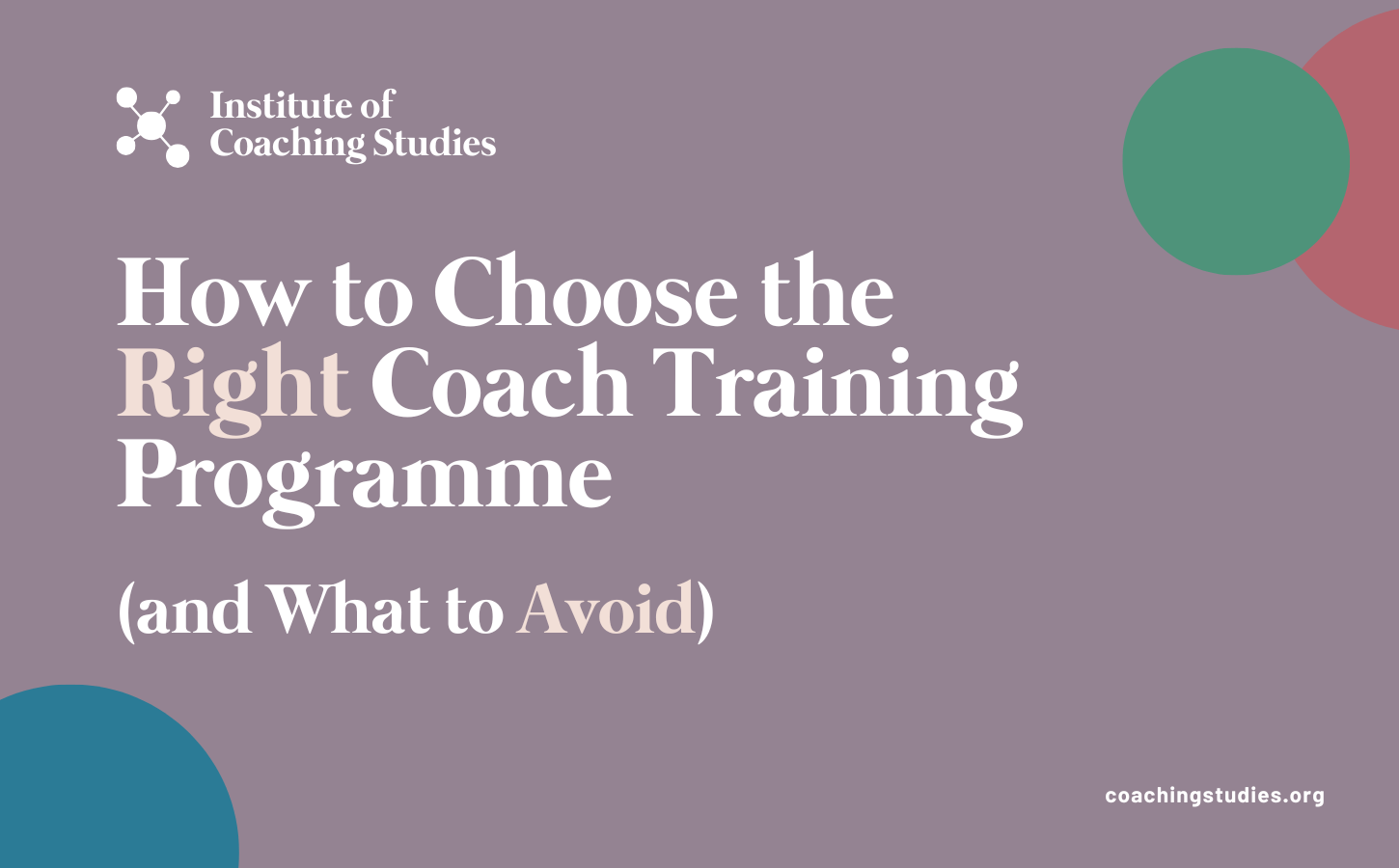Silence is a powerful tool in coaching. As we are going to see in this article, it can serve many purposes for the coach and the client.
We are going to explore below six types of silence with examples that illustrate the importance for the coach not to rush to say something.
Centering Silence
The purpose of this silence is to allow both the coach and the client to be fully present and to arrive in the session as it starts..
Example:
Coach: “Before we begin, let’s take a deep breath together and settle into the space.”
[A short silence follows.]
Client: “Than you, that was helpful as I just got out of a meeting. I feel ready now.”
Reflective Silence
The purpose of this silence is to allow the client to process their thoughts and emotions. Instead of jumping in, the coach lets the client sit with their insight.
Example:
Client: “I always feel like I have to prove myself… but I’m not sure why. I’ve never actually questioned that before.”
Coach: [Silent, allowing space for reflection.]
Client: [After a long pause.] “I think it’s because I’ve always been seeking approval. That’s a huge realisation for me.”
Supportive Silence
Example:
Client: “I feel like no one really listens to me.”
Coach: [Silent, maintaining warm, open presence.]
Client: [Takes a deep breath.] “But this feels different. I actually feel heard right now.”
Empathic Silence
The purpose of this silence is to give the client enough room to experience their emotions without the coach jumping in to comfort, fix or minimise their feelings. It allows emotions to be fully processed by the client.
Example:
Client: [Tears up.] “I’ve been carrying this for so long.”
Coach: [Silent, holding space with gentle eye contact.]
Client: [After a pause.] “I think I needed to just sit with that for a moment.”
Spacious Silence
The purpose of this silence is to give the client time to go beyond their initial responses, to expand their awareness on their thoughts, feelings, and beliefs. The coach doesn’t rush to fill the silence, they let the client finish.
Example:
Coach: “What would it mean for you to truly trust yourself?”
Client: [Looks away. A long silence follows.]
Coach: [Stays silent.]
Client: “I’ve never actually thought about that before. It would mean letting go of so much doubt.”
Transitional Silence
The purpose of this silence is to create a natural pause between topics to allow the client to move forward in the session.
Example:
Client: “So, I think I finally understand what’s been holding me back.”
Coach: [Silent, allowing the realisation to settle.] “Where do you want to take this insight next?”
LET'S STAY IN TOUCH
If you want to hear from us about all things coaching and not miss any new articles, sign up below 👇
Thank you!
We hope you like the content we will share.
Photo by Boba Jovanovic on Unsplash




